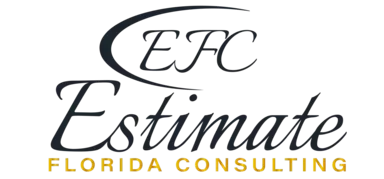Multi-Family Building Floor Installation Cost Estimator
Choosing the right flooring for a multi-family building is a crucial decision that impacts the aesthetic appeal, durability, and maintenance of the property. Flooring costs can vary significantly based on the type of materials, building size, and specific requirements of the project. At Estimate Florida Consulting Services, we provide comprehensive estimator services to help property managers and developers accurately plan their flooring budgets.
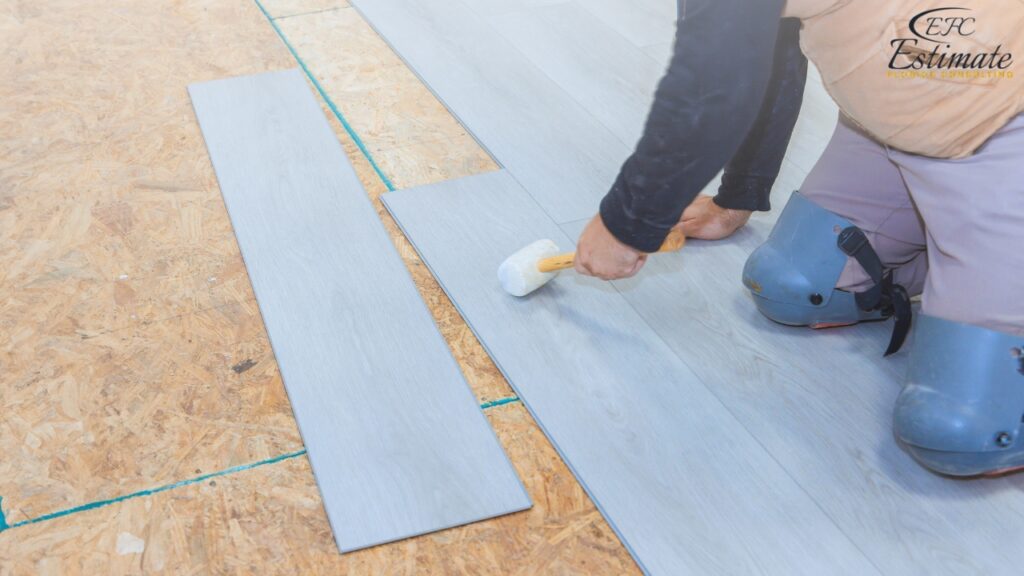
Different Types of Flooring Materials
Different flooring materials offer unique advantages and can be tailored to suit various building types and preferences. Here’s a closer look at some popular options:
Carpet
Carpet is a popular choice for multi-family buildings due to its comfort and noise-reducing properties. It is available in a wide range of colors, textures, and patterns, allowing for customization to match the building’s design. Carpet provides a warm and inviting atmosphere, making it ideal for living areas and bedrooms. However, it may require more frequent cleaning and maintenance compared to other materials, especially in high-traffic areas. The cost of carpet can range from $3.25 to $6.50 per square foot, making it an affordable option for many multi-family projects.
Vinyl
Vinyl flooring is known for its durability, water resistance, and affordability. It is available in various styles, including sheets, tiles, and planks, and can mimic the appearance of natural materials like wood or stone. Vinyl is easy to maintain and resistant to stains, making it a practical choice for high-traffic areas and spaces prone to moisture, such as kitchens and bathrooms. Its versatility and cost-effectiveness make it a popular option for multi-family buildings seeking durable and stylish flooring solutions. Vinyl typically costs between $4.55 and $7.80 per square foot.
Hardwood
Hardwood flooring adds a touch of elegance and sophistication to any space. It is highly durable and can last for decades with proper care. Hardwood is available in various species, finishes, and colors, allowing for a customized look that enhances the building’s aesthetic appeal. While hardwood is more expensive upfront, its longevity and classic appeal can increase the property’s value and attract tenants looking for premium living spaces. Regular maintenance, including refinishing, can help preserve its beauty and performance over time. Hardwood flooring costs range from $7.80 to $13.00 per square foot.
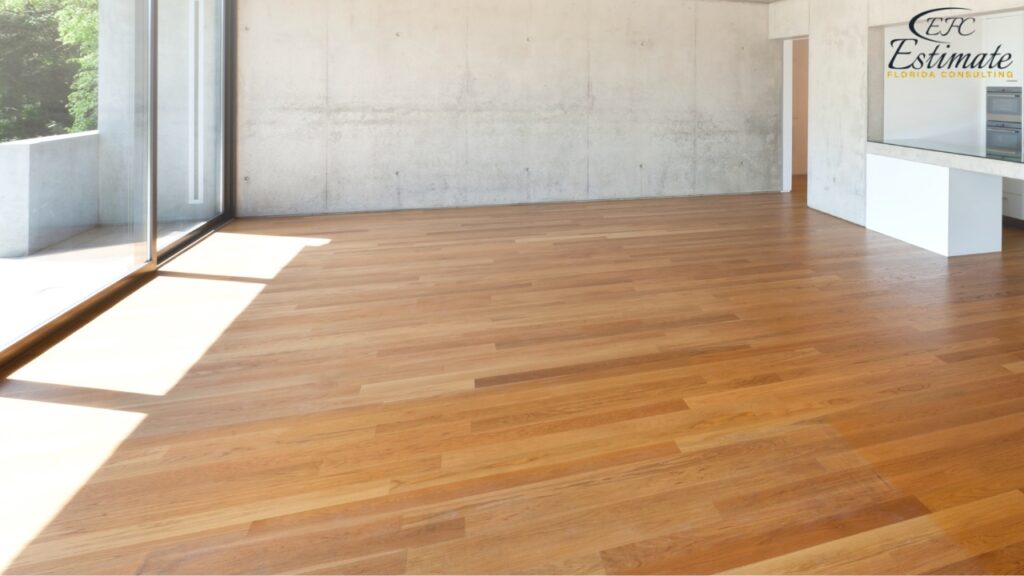
Hardwood Flooring Type | Estimated Cost per Sq Ft | Total Estimated Cost (50,000 sq ft) |
Oak | $8.00 – $12.00 | $400,000 – $600,000 |
Maple | $9.00 – $13.50 | $450,000 – $675,000 |
Cherry | $10.00 – $14.50 | $500,000 – $725,000 |
Tile
Tile flooring is a versatile option that is resistant to water, stains, and scratches. It is available in a variety of materials, including ceramic, porcelain, and stone, and offers a wide range of design possibilities. Tile is ideal for areas with high moisture levels, such as bathrooms and kitchens, and can be used to create unique patterns and designs. While tile installation can be labor-intensive, its durability and low maintenance requirements make it a long-term cost-effective solution for multi-family buildings. Tile flooring costs between $6.50 and $11.70 per square foot.
Get Acquainted with Floor
Laminate
Laminate flooring is an affordable alternative to hardwood that mimics the appearance of wood or stone. It is easy to install, resistant to scratches and dents, and available in a wide range of styles and colors. Laminate is a low-maintenance option that is ideal for high-traffic areas and spaces where durability is a priority. Its affordability and ease of installation make it a popular choice for budget-conscious projects seeking stylish and durable flooring solutions. Laminate costs range from $5.20 to $9.10 per square foot.
Long-Term Flooring Maintenance Needs
Selecting the right flooring material is only the first step in ensuring a successful installation. Long-term maintenance plays a critical role in preserving the appearance and performance of the flooring:
Maintenance Requirements for Different Materials
Each flooring material has its own maintenance requirements that can impact long-term costs. For example, carpets may require regular vacuuming and occasional deep cleaning to maintain their appearance, while hardwood floors may need periodic refinishing to prevent wear. Understanding the maintenance needs of each material helps property managers plan for ongoing upkeep and ensure that the flooring remains in top condition. Regular maintenance can also extend the life of the flooring, reducing the need for premature replacements.
Durability and Lifespan Considerations
The durability and lifespan of flooring materials vary significantly, affecting the total cost of ownership over time. Hardwood and tile tend to have longer lifespans compared to carpet and vinyl, providing better value in the long run despite higher upfront costs. Evaluating the expected lifespan and durability of each material helps property managers make informed decisions that align with their budget and maintenance capabilities. Hardwood and tile floors, for example, can last for decades if properly maintained, while carpet and vinyl may need replacement more frequently.
Flooring Material | Expected Lifespan | Maintenance Frequency |
Carpet | 5-10 years | Regular vacuuming, annual cleaning |
Vinyl | 10-20 years | Occasional sweeping and mopping |
Hardwood | 20-50 years | Periodic refinishing every 7-10 years |
Tile | 20-50 years | Occasional sweeping and mopping |
Laminate | 10-20 years | Occasional sweeping and mopping |
Architects’ Role in Multifamily Development
While contractors focus on managing and hiring workers to physically construct a property, architects are tasked with designing detailed plans for the entire development. The quality of a building largely depends on its architectural plan, making the selection of a skilled architect crucial. Here’s what an architectural firm typically handles in multifamily development:
- Initial Planning and Budgeting: Architects create the initial project plan and budget, laying the groundwork for the entire development.
- Work List and Outline: They develop a detailed work list and outline, which serves as a roadmap for the project.
- Design and Floor Plans: Drafting schematic designs and floor plans to ensure the building meets aesthetic and functional goals.
- Contractor Selection Assistance: Architects help developers review contractor bids and assist in selecting the most suitable contractor for the project.
- Permitting and Agency Liaison: They review architectural plans with relevant agencies to obtain necessary permits, such as general construction permits. Some permitting responsibilities may later be handed over to the contractor.
- Collaboration: Architects work closely with structural engineers and planning agencies to ensure the design is feasible and meets all safety standards.
- Project Monitoring: They monitor the contractor’s progress and payment requests, ensuring the project stays on track and within budget.
Contractors’ Role in Multifamily Development
Selecting the right contractor is crucial for the success of any multifamily development project. The contractor is responsible for managing the construction site daily, ensuring that everything runs smoothly. With a reliable contractor, your project is more likely to stay on schedule and within budget, assuming your initial construction cost estimates were accurate. On the other hand, a poor choice can lead to delays and cost overruns, which can be particularly problematic for projects financed with construction loans that need to be repaid within a specific timeframe.
Here’s a breakdown of what contractors generally handle:
- Sourcing and Purchasing: Contractors are in charge of acquiring all the necessary materials and services to build the property from start to finish. This includes everything from structural components to finishing touches.
- Obtaining Permits: They handle all the necessary construction and utility permits, ensuring the project complies with local regulations.
- Advising: Contractors work closely with the owner/developer and architect to find ways to reduce costs and project timelines while maintaining or improving quality.
- Managing Subcontractors: They select, hire, and oversee subcontractors who perform specific tasks within the project, such as plumbing, electrical work, or painting.
- Site Cleanup: After construction is complete, contractors are responsible for cleaning the entire property, ensuring it’s ready for occupancy.
Contractors also handle various building elements and administrative functions, which typically include:
- Plumbing and Fixtures: Installing bath and plumbing fixtures, roughing in plumbing, and making connections.
- Cabinetry and Appliances: Installing cabinets, countertops, and built-in appliances.
- HVAC and Insulation: Providing heating, ventilation, air conditioning, and insulation for the building and individual units.
- Flooring: Laying down carpets and other types of flooring.
- Exterior Finishes: Completing the exterior finishes and trim.
- Insurance and Cleanup: Managing insurance requirements and ensuring site/property cleanup.
- Permits and Utility Work: Handling permits, utility connections, and providing necessary plans and specs for permitting.
- Lighting and Painting: Installing lighting fixtures and painting interior walls.
- Doors, Windows, and Roofing: Installing doors, windows, roofing, and wiring.
- Carpentry and Hardware: Performing rough and finish carpentry and installing hardware.
- Excavation and Foundation Work: Managing property excavation, foundation work, piers, and flatwork.
Cost-Saving Tips for Flooring Installation
While installing new flooring can be a significant investment, there are ways to manage costs without compromising on quality. Implementing these strategies can help property managers achieve effective flooring solutions that align with their budgetary constraints:
Prioritize High-Traffic Areas
Focus on installing durable flooring materials in high-traffic areas and common spaces to maximize longevity while minimizing costs. Identifying priority areas for durable flooring allows property managers to allocate resources effectively and ensure essential coverage. This targeted approach can enhance durability and reduce maintenance needs over time, optimizing budget allocation. For example, installing vinyl or tile in common areas can withstand heavy use and reduce the need for frequent replacements.
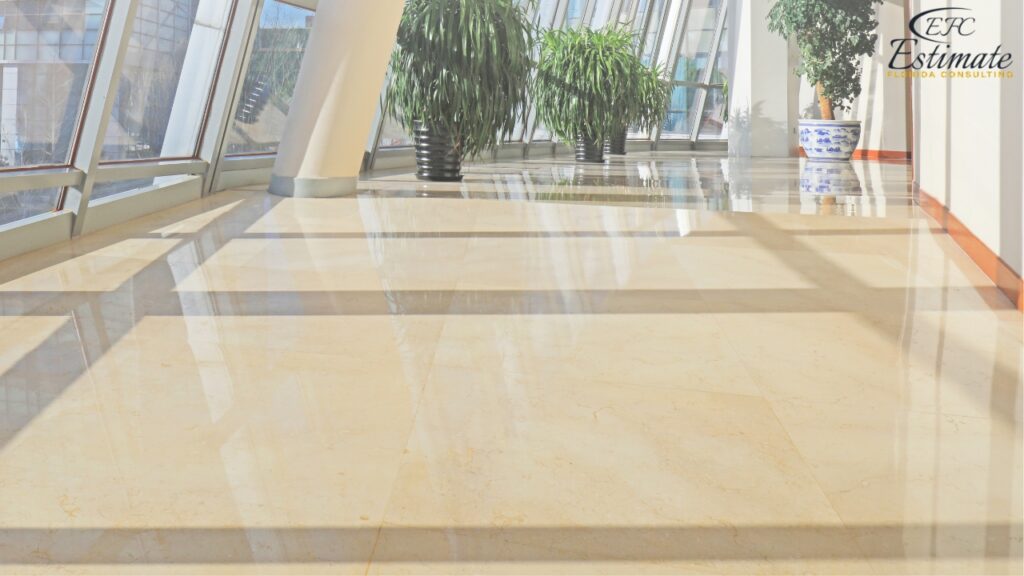
Choose Cost-Effective Materials
Select flooring materials that offer the best balance of cost, durability, and aesthetics. Consider value engineering techniques to identify opportunities for cost savings without compromising quality or performance. By selecting materials with proven durability and resistance to wear, property managers can reduce long-term maintenance costs and enhance tenant satisfaction. Opting for materials like laminate or vinyl can provide the look of more expensive options at a fraction of the cost.
Opt for Professional Installation
Hiring experienced professionals can prevent costly mistakes and ensure the flooring is installed correctly from the start. Professional installation minimizes the risk of installation errors and ensures optimal performance, reducing the likelihood of costly repairs or rework. Working with knowledgeable installers can also provide valuable insights into material selection and maintenance, enhancing the overall flooring strategy. Professional installation can also help ensure compliance with manufacturer warranties and specifications, protecting the investment.
Explore Financing Options for Flooring Projects
Consider leasing equipment or financing options to spread costs over time, making the investment more manageable. Exploring financing solutions can provide property managers with the flexibility to implement comprehensive flooring solutions without straining their budgets. By leveraging financing options, property managers can achieve their flooring goals while maintaining financial stability. Financing can also enable access to higher-quality materials that may not be feasible within a limited budget.
Considerations and Sustainable Flooring Choices
Incorporating sustainability into flooring decisions can enhance the building’s environmental performance and appeal to eco-conscious tenants:
Sustainable Flooring Materials
Many flooring options now come in environmentally friendly versions, such as sustainably harvested hardwood, recycled tiles, and low-VOC vinyl. Choosing sustainable materials can help reduce the building’s carbon footprint and support sustainability goals. Property managers can also earn green building certifications by selecting eco-friendly flooring options, enhancing the property’s marketability.
Recycling and Disposal
Proper recycling and disposal of old flooring materials can minimize environmental impact. Collaborating with recycling programs and selecting materials that are easily recyclable can support sustainability efforts and reduce waste. Ensuring responsible disposal of flooring materials also aligns with environmental regulations and corporate social responsibility initiatives.
Download Template For Flooring Project Breakdown
- Materials list updated to the zip code
- Fast delivery
- Data base of general contractors and sub-contractors
- Local estimators
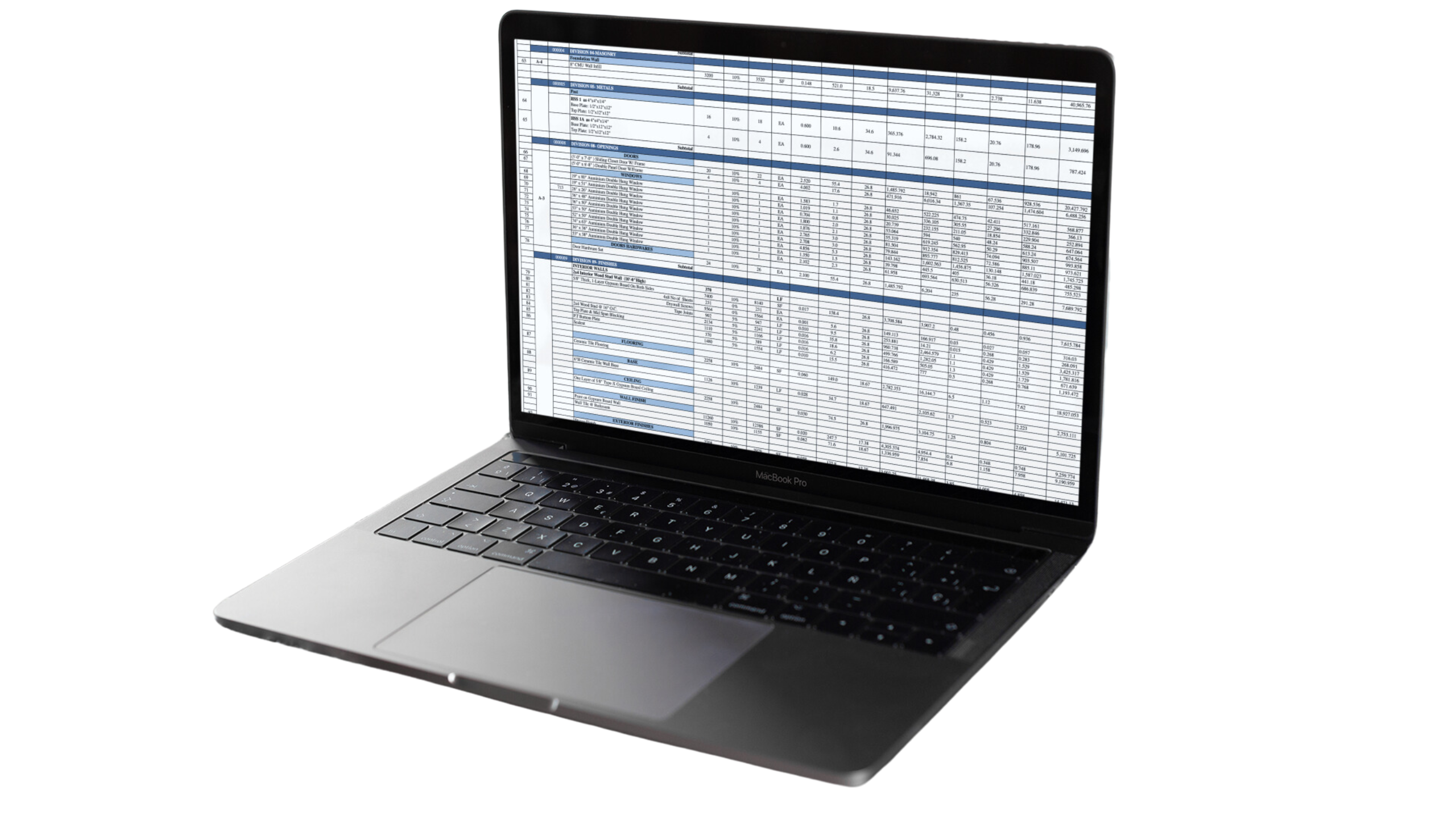
Conclusion
Choosing the right flooring for a multi-family building is a crucial decision that impacts the property’s aesthetic appeal, durability, and maintenance requirements. By understanding the factors that influence costs and considering both immediate and long-term expenses, property managers and developers can make informed decisions and achieve a high-quality, reliable flooring solution. As Estimate Florida Consulting Services, we are committed to providing comprehensive estimator services to help you navigate the complexities of flooring installation and ensure the best results for your investment. By prioritizing quality, efficiency, and adaptability, property managers can create a welcoming and durable environment for residents, enhancing the property’s value and appeal. Through strategic planning and collaboration with industry experts, developers can ensure that their multi-family building projects are equipped with flooring solutions that meet all performance and design standards. This proactive approach not only enhances tenant satisfaction and retention but also contributes to sustainable growth.
FAQs
The cost of flooring in a multi-family building is influenced by several factors, including the type of flooring material, the size of the building, labor costs, and any special installation requirements. Additionally, the building’s location, the complexity of the installation, and any necessary subfloor repairs can also impact the overall cost.
Various flooring materials are popular for multi-family buildings, each offering unique benefits and price points:
- Carpet: Provides comfort and noise reduction, costing between $3.25 and $6.50 per square foot.
- Vinyl: Known for its durability and water resistance, with costs ranging from $4.55 to $7.80 per square foot.
- Hardwood: Offers elegance and durability, priced between $7.80 and $13.00 per square foot.
- Tile: Resistant to water and stains, with costs between $6.50 and $11.70 per square foot.
- Laminate: An affordable alternative to hardwood, costing between $5.20 and $9.10 per square foot.
Long-term maintenance requirements vary by material:
- Carpet: Requires regular vacuuming and annual cleaning, with a lifespan of 5-10 years.
- Vinyl: Needs occasional sweeping and mopping, lasting 10-20 years.
- Hardwood: Requires periodic refinishing every 7-10 years, with a lifespan of 20-50 years.
- Tile: Needs occasional sweeping and mopping, lasting 20-50 years.
- Laminate: Requires occasional sweeping and mopping, with a lifespan of 10-20 years.
In multi-family development projects, architects and contractors play crucial roles:
- Architects: Handle initial planning, design and floor plans, contractor selection assistance, permitting, and project monitoring.
- Contractors: Manage sourcing and purchasing, obtaining permits, advising on cost-saving measures, managing subcontractors, and site cleanup.
Property managers can implement the following cost-saving strategies:
- Prioritize high-traffic areas: Use durable materials in high-use spaces to maximize longevity.
- Choose cost-effective materials: Balance cost, durability, and aesthetics by selecting materials like laminate or vinyl.
- Opt for professional installation: Ensure correct installation and optimal performance to avoid costly repairs.
- Explore financing options: Consider leasing equipment or financing to spread costs over time.
Google Reviews

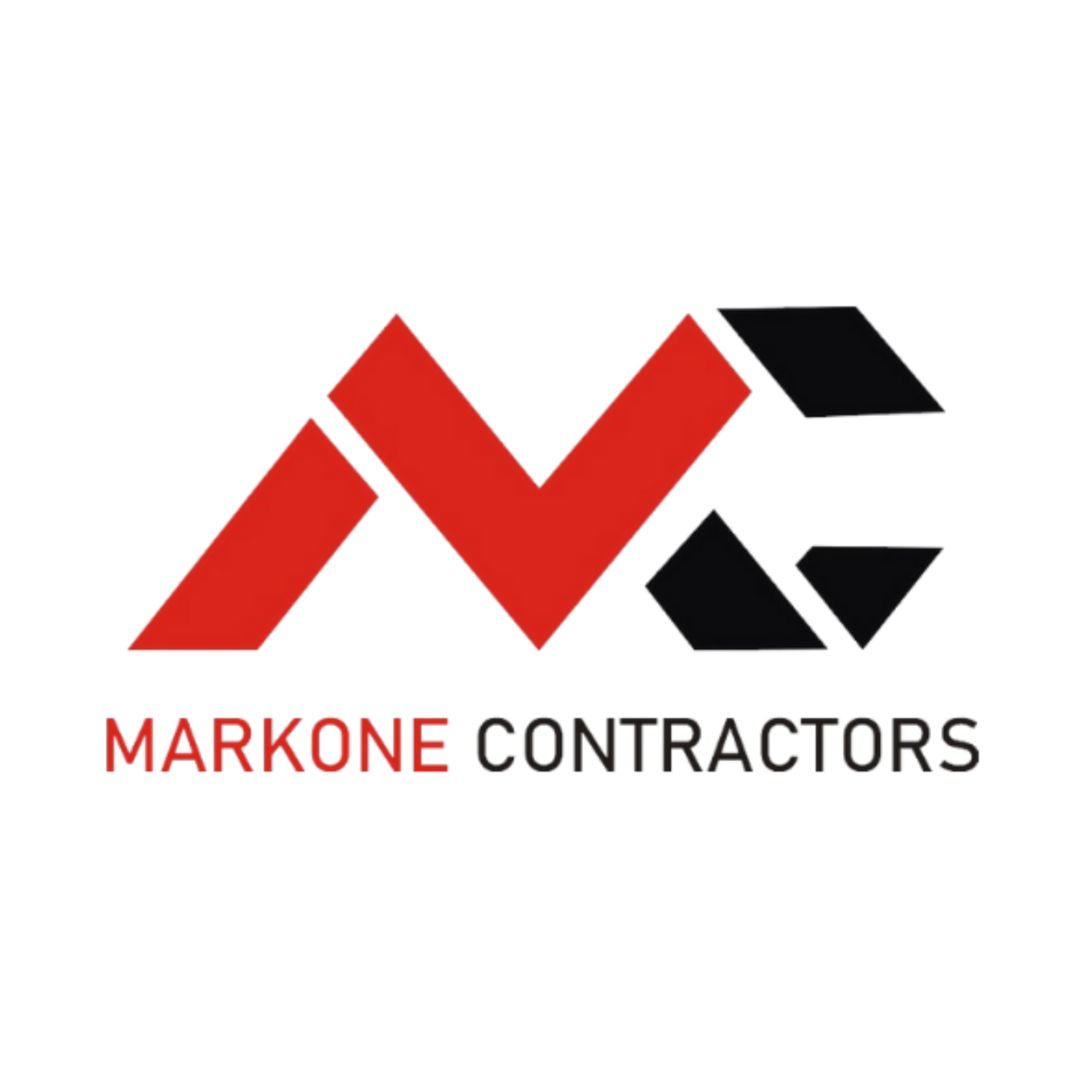

Process To Get a Multi-Family Building Floor Installation Cost Estimate Report
Here I am going to share some steps to get a multi-family building floor installation cost estimate report.
-
You need to send your plan to us.
You can send us your plan on info@estimatorflorida.com
-
You receive a quote for your project.
Before starting your project, we send you a quote for your service. That quote will have detailed information about your project. Here you will get information about the size, difficulty, complexity and bid date when determining pricing.
-
Get Estimate Report
Our team will takeoff and estimate your project. When we deliver you’ll receive a PDF and an Excel file of your estimate. We can also offer construction lead generation services for the jobs you’d like to pursue further.

